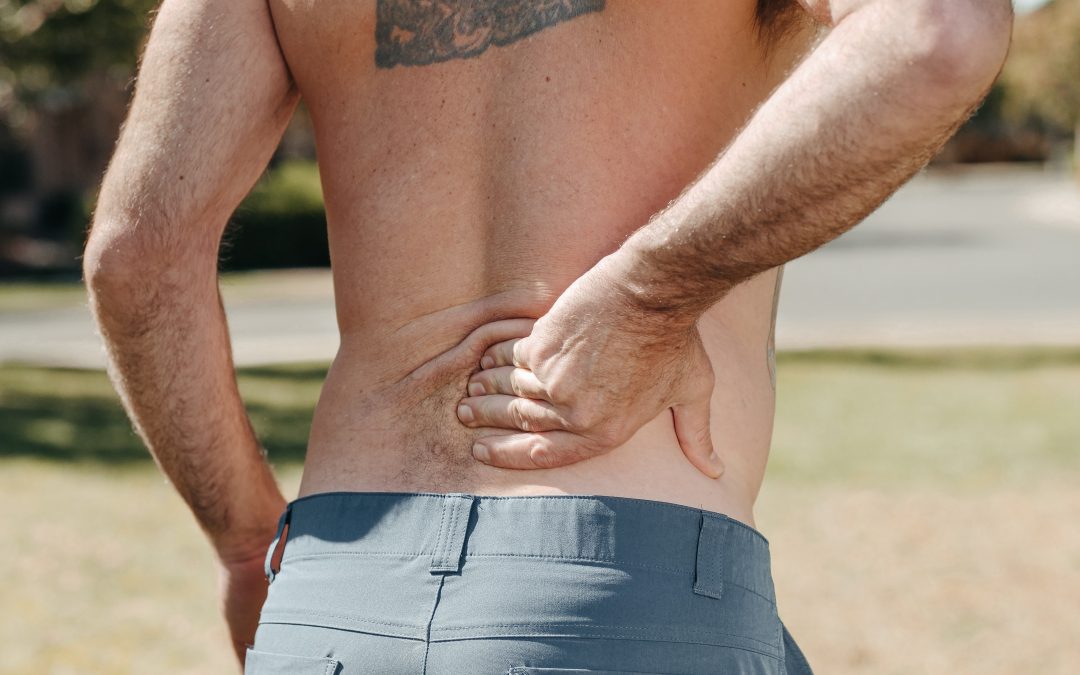At the clinic, we see many patients with low back pain and it can be a distressing, uncertain time for them. Here are 10 helpful facts about lower back pain that debunk some of the common myths about back pain that have been around for decades. These facts are backed up by a review of the latest research in this area (O’Sullivan et al 2019).
- Low back pain can be very scary, but it is rarely dangerous. It may be quite disabling for a short period of time, but it is very unlikely to be life-threatening or cause a serious long-term condition.
- Getting older does not cause low back pain. Contrary to popular belief by some of our new patients, being of an older age does not mean your back pain will be any worse than if you were a 20-year-old!
- Most episodes of low back pain will improve. This is so important to keep in mind during the initial few days of an episode of acute low back pain when it feels like the pain will never improve!
- Your mindset will have a direct effect on your pain. If you avoid movements due to fear of making things worse, think negatively about your pain or have negative expectations on your recovery then you are more likely to take longer to recover or develop persistent pain. Conversely, if you have a positive mindset, you will have lower levels of pain and disability.
- Scans (e.g., Xray, MRI) do not improve clinical outcomes for lower back pain. They may show findings such disc bulges and protrusions, but these findings are common across most age groups and in people with no back pain at all. So even if a scan tells you that you have a disc protrusion, this may not be the cause of your current episode of pain.
- Exercises and movements in all directions are safe and healthy for your spine. Pain with movements can be scary but it will not make your back pain worse. Gradual exposure to exercise will get your back used to normal movements and reduce your pain levels.
- Back pain is not caused by weak core muscles. It is important to have good general trunk muscle strength, but it is also important to be able to relax your core muscles when they are not needed. We see a lot of muscle tension and bracing as a protective mechanism that makes pain worse, therefore at times core muscles that are too strong can lead to more pain.
- “Bad posture” will not lead to persistent back pain. Evidence show that low back pain is not caused by poor sitting or standing postures. A range of postures are helpful for the back, and these include sitting, standing, bending, and lifting.
- Loading your spine with everyday movements such as walking, running, twisting, lifting, reaching, and bending will build up strength and resilience in your back. Done in a structured and gradual way during your recovery is safe and effective.
- Flare-ups of your pain do not mean there is any structural damage occurring. Often pain flare-ups are more related to things such as unfamiliar activity, low mood, and stress rather than actual tissue damage.


